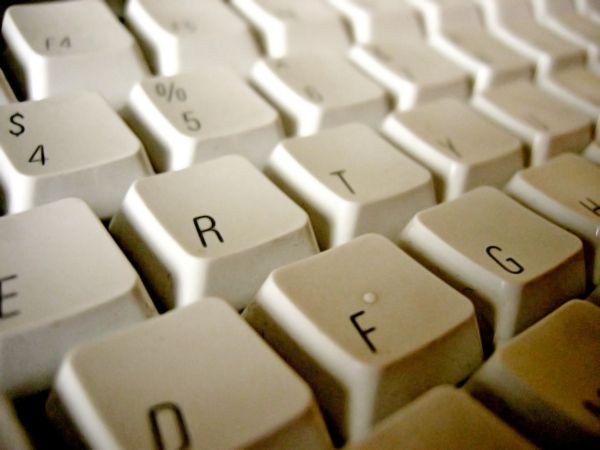You will need
- -alcohol;
- -chlorine bleach;
- -soda ash;
- -washing powder;
- -perhydrol;
- -acetone.
Instruction
1
Sometimes a small plaque yellowish tint is formed from the sedimentation of light pieces of dust or soot, and if these particles do not affect the plastic, then remove them is quite possible. Try to clean up plastic using conventional soap and a sponge or brush, if the surface of the object is not afraid of scratches.
2
Try to use alcohol – methanol, ethanol, isopropanol, etc., what you will find. But just keep in mind that all chemical tests should be conducted in a well ventilated area, wearing gloves, and in some cases, and goggles. And not to spoil a thing, it is better to try cleaning first, a small piece of plastic in an inconspicuous place.
3
In stores that sell computer equipment and supplies, there are prepared wipes for cleaning plastic and monitors, impregnated with a special compound. To clean and whiten them a little plastic, you can quickly and without damage.
4
Different companies offer sprays-cleaners for plastic, which can restore the original color of the surface, to freshen it and cover with a thin film for antistatic protection. In showrooms are also sold plastic cleaners and polishes – reducing plastic, on a liquid basis, which you can also try to handle the right thing.
5
Plastic parts soak overnight in one of the cleaning detergents with chlorine, for example, chlorine bleach or hypochlorite.
6
Take a tablespoon of soda ash and washing powder, dilute with a liter of water and place the plastic on a few hours in this solution.
7
To whiten yellowed plastic can be attempted by applying the product to lighten the hair, in particular, the perhydrol with an oxidizing agent. Double plastic processing such a composition sometimes gives excellent results.
8
Another option is the use of perhydrol in combination with a powder bleach-stain remover. First, treat the plastic with soapy water, then place it in the specified solution of perhydrol. The right amount of powder is achieved by experience – around two tablespoons per litre of water (if enough is added), but you must make sure that during chemical reactions the perhydrol not much heated. To speed up the reaction are advised to use an ultraviolet lamp.
9
Plastic can also try to rinse with acetone. But keep in mind that some types of material it dissolve. Take cotton wool and soak it with acetone so that the processing things avoid drips. Need to wipe quick, horizontal motion, from the top down.
10
If you failed to remove yellowing due to changes in the structure of the plastic, you can try to upgrade the thing by painting it with spray paint.
